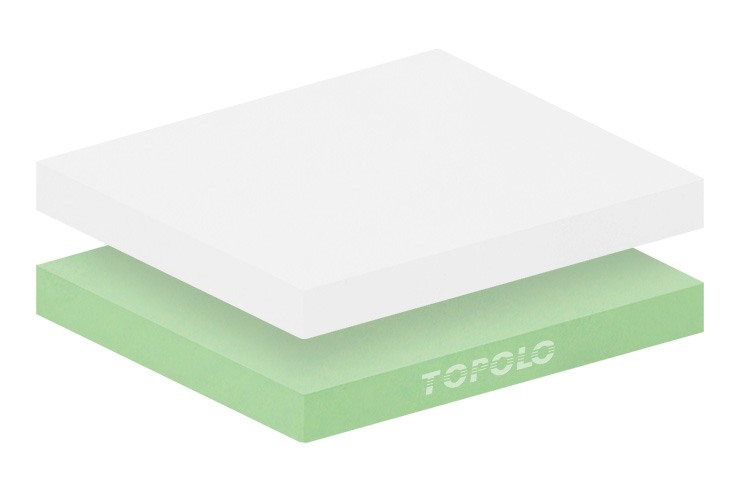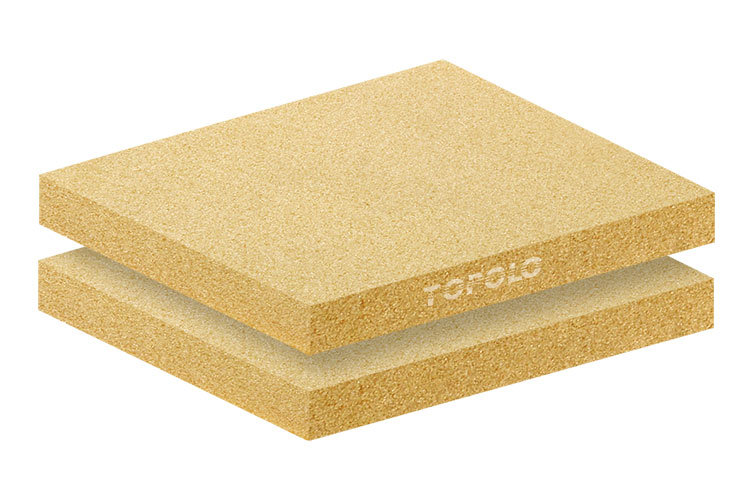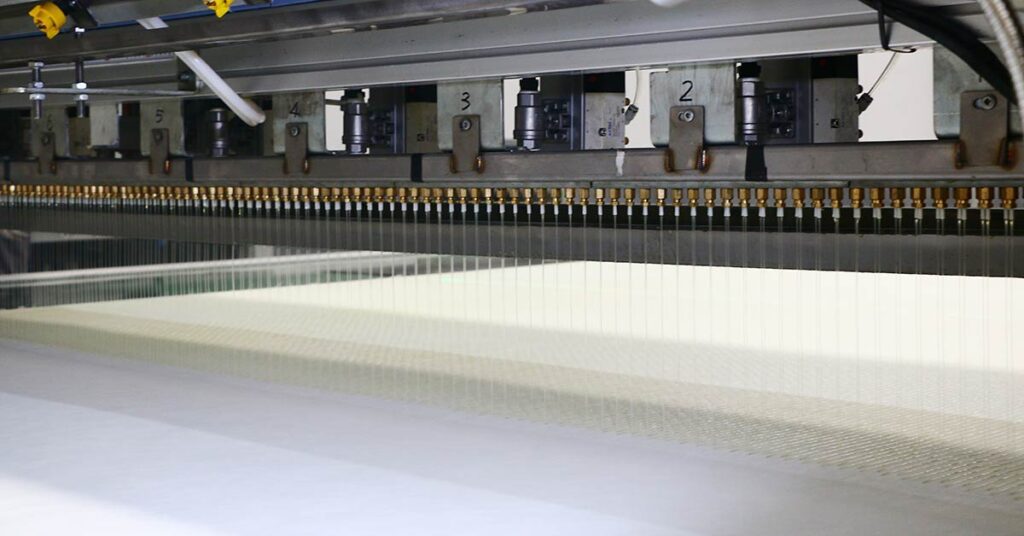
Stainless steel sandwich panels combine the strength, durability and aesthetics of stainless steel with the lightweight, thermal insulation properties of the core material, making them suitable for a wide range of applications. Stainless steel is a metal material with excellent corrosion resistance and strength. It can resist most chemicals, moisture and oxidation, and will not have any structural changes in high and low temperature environments. Therefore, it can adapt to various extreme indoor and outdoor environments. Although its price is much higher than aluminum, galvanized steel, and FRP materials, using it as the skin of sandwich panels will undoubtedly bring longer-term economic benefits. The common advantages of these sandwich panels include:
- High strength.
- Corrosion resistant.
- Easy to clean surface.
- High and low temperature resistant.
- Thermal insulation.
- Non-flammable.
Structural Diagram
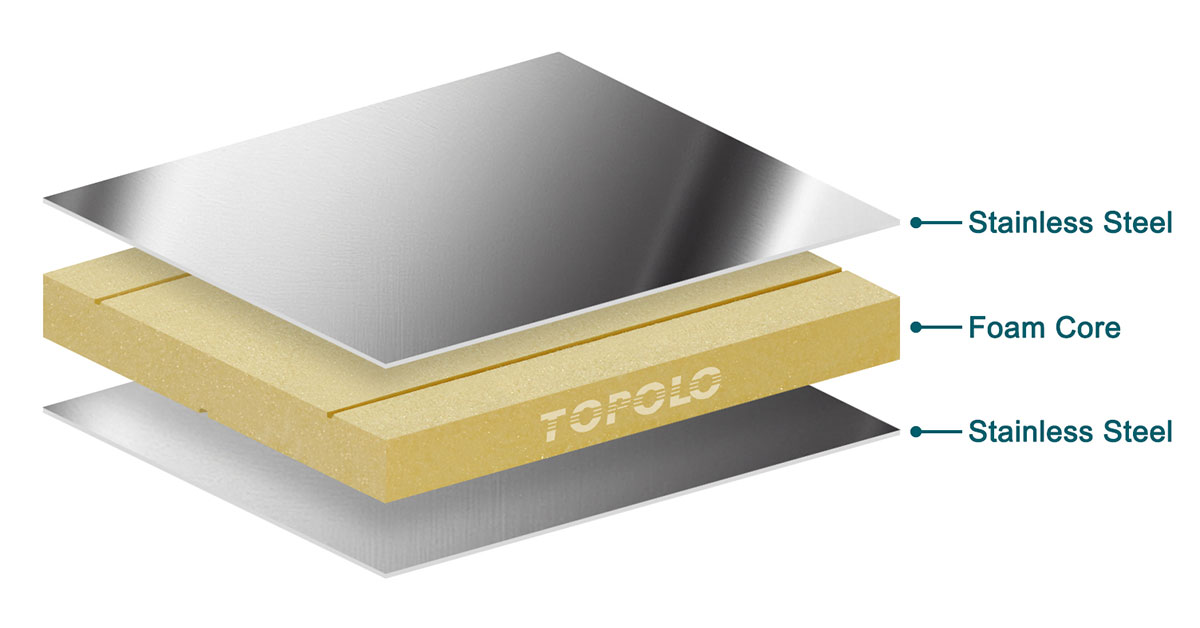
Product Features
- Food-grade austenite stainless steel is used as the surface of the sandwich panel.
- The stainless steel surface can be processed into a variety of effects such as mirror, matte, brushed, embossed, sandblasted, etc.
- Different foam systems such as XPS, PET, PVC, PU, etc. can be selected as the core material.
- The adhesive is polyester or polyurethane glue that is resistant to water, low temperature and high temperature
Specifications
| Skin | 304/306 stainless steel sheet. (0.2-3.0mm) |
| Core | XPS (Extruded Polystyrenee) foam. (Density: 35-50kg/m³). PET (Polyethylene terephthalate) foam. (Density: 60-300kg/m³). PU (Polyurethane) foam. (Density: 28-50kg/m³). PVC (Polyvinyl Chloride) foam. (Density: 40-250kg/m³). |
| Composite Method | Adhesive. |
| Thickness | 10-150mm. |
| Length | ≤12000mm. |
| Width | 600-1500mm. |
Surface Treatment
The properties of stainless steel surfaces are improved by physical, chemical, mechanical or electrochemical methods to achieve significant improvements in visual effects, functionality and durability.

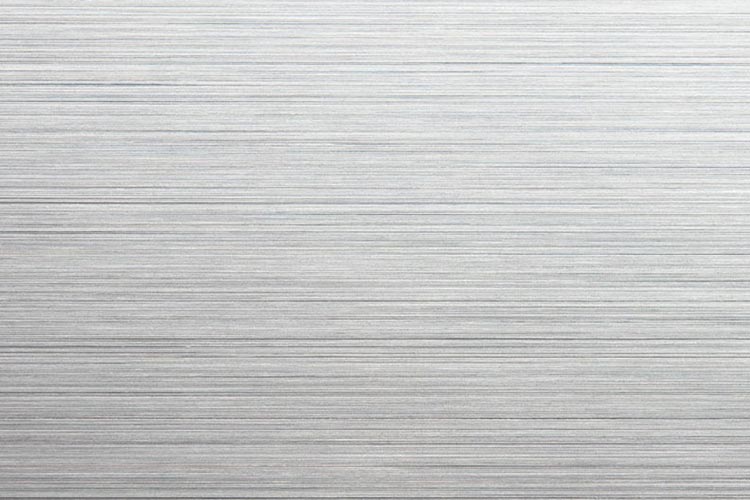
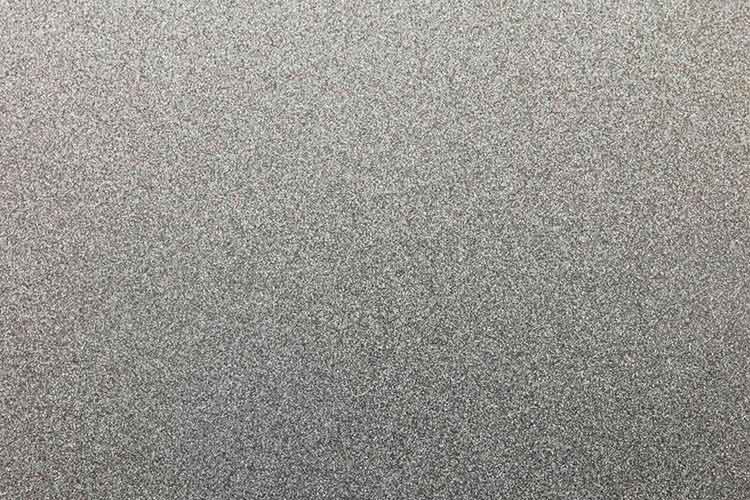

Core Materials for Stainless Steel Sandwich Panels
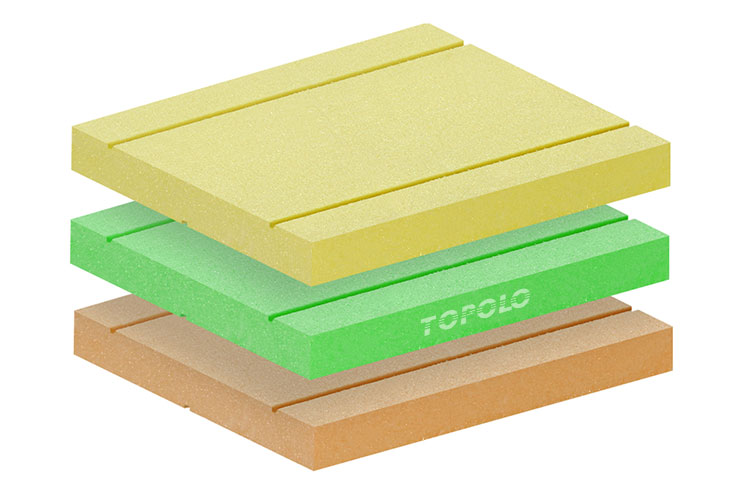
XPS (Extruded Polystyrenee) Foam
- Lightweight, non-water absorbing, effective thermal insulation in non-fire sensitive applications.
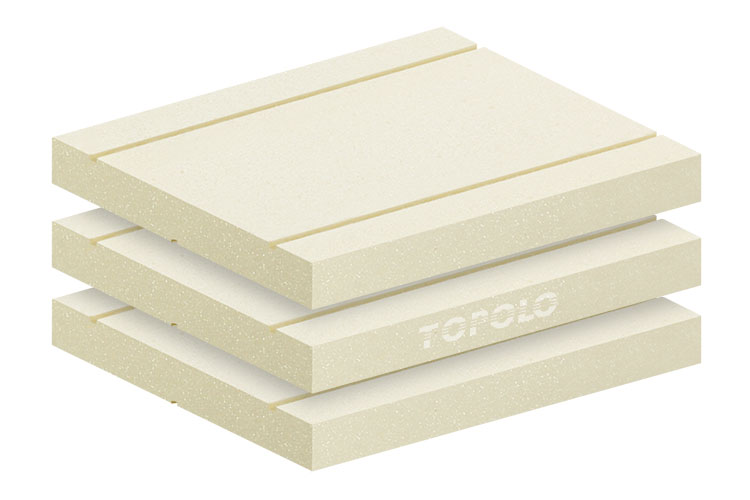
- Provides high insulation value and is widely used in cold storage facilities.
Processing Technology for Stainless Steel Sandwich Panels
The application of vacuum composite sandwich panel technology has greatly promoted the quality improvement of stainless steel sandwich panels. TOPOLOGROUP is equipped with a high-pressure press dedicated to sandwich panels. The initially formed sandwich panels are composited in a high-pressure vacuum environment, and the adhesive is evenly distributed between the stainless steel sheet and the foam. We eliminate defective products from the source of the process and ensure the excellent quality of each stainless steel sandwich panel.
MORE
Application of Stainless Steel Sandwich Panels
Stainless steel sandwich panels are irreplaceable in many areas. As a versatile and high-performance material, they are widely used in industries such as construction, food processing, pharmaceuticals, shipbuilding, transportation and energy. They combine the durability and corrosion resistance of stainless steel with the thermal and acoustic insulation properties of the core material, making them an ideal solution for applications that require strength and thermal insulation.
Such as:
- Interior and exterior walls of buildings.
- Cleanrooms.
- Laboratories.
- Cold rooms.
- Refrigerated trucks and trailers.
- Food factories.
- Pharmaceutical plants.
- Chemical warehouses.
- Kitchens, etc.
